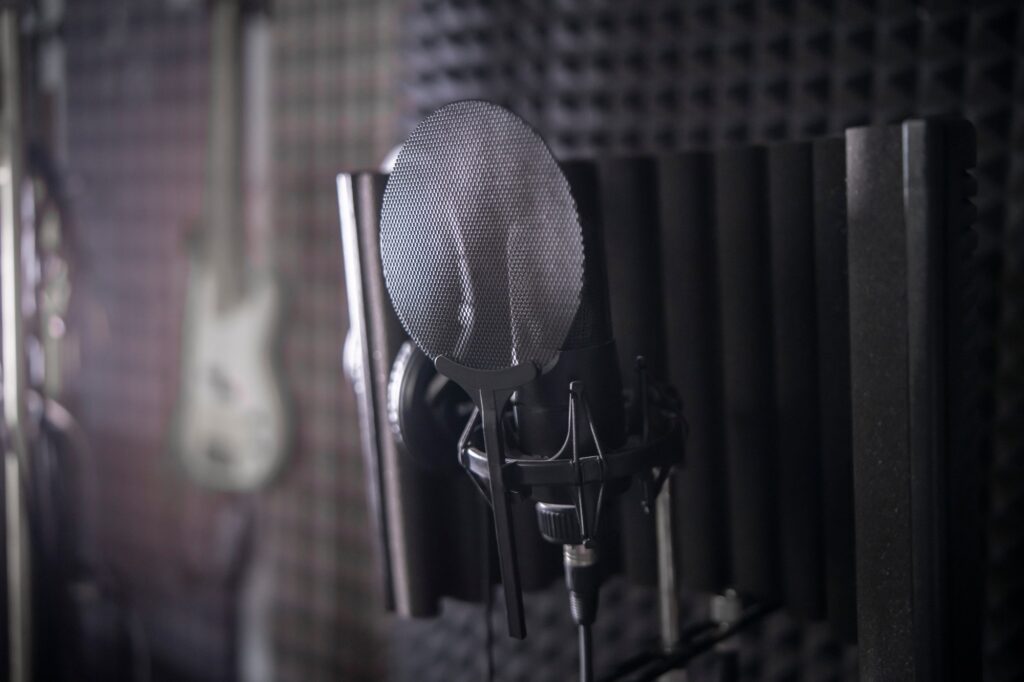Easy Ways to Remove Background Noise from your Recordings
Background noise is a common challenge in recording vocals or dialog, especially in home studios or environments that aren’t acoustically treated. Unwanted sounds like hums, hisses, and ambient noise can significantly detract from the clarity and quality of your recordings. In this comprehensive guide, we will explore various techniques and tools to effectively remove background noise, ensuring your audio sounds professional and polished.
Understanding Background Noise
Background noise can originate from several sources, including room ambience, environmental noise, equipment noise, handling noise, and breathing or plosives. Room ambience includes echoes, reverb, and general room noise, while environmental noise encompasses traffic, wind, birds, and other external sounds. Equipment noise often involves hums and buzzes from electrical devices. Handling noise is the sound generated from moving the microphone or stand. Additionally, heavy breathing or hard consonants like ‘p’ and ‘b’ can introduce unwanted noise.
Addressing background noise is crucial for several reasons. Because it ensures the clarity of the main audio, it enhances the overall production value, and provides a pleasant and undistracted listening experience for the audience.

Preventative Measures
To minimize background noise from the outset, optimize your recording environment. Soundproofing measures, such as using acoustic panels, foam, or heavy curtains, can significantly reduce external noise. Choose a quiet room away from noisy appliances and high-traffic areas. Proper microphone placement is essential; position the microphone close to the source to capture more direct sound and less background noise. Using pop filters and windscreens can help reduce plosives and wind noise.
Investing in quality equipment also plays a significant role. A good quality microphone with a cardioid pickup pattern will minimize background noise. Reliable audio interfaces and properly shielded cables help reduce electrical interference. Taking these preventative measures in advance will make sure you don’t have to do additional work to remove background noise later.
Post-Production Techniques
Noise Reduction
Noise reduction plugins are essential tools for cleaning up audio in post-production. Some popular options include iZotope RX, known for its powerful noise reduction capabilities, Waves NS1, a user-friendly plugin that effectively reduces background noise with a single fader, and Accusonus ERA Bundle, which includes tools like Noise Remover and Voice Leveler for quick and effective noise reduction.
The noise reduction process typically involves analyzing the noise, applying noise reduction, and performing additional cleanup. First, start by identifying a section of the recording where only the background noise is present, then you can use your noise reduction plugin to create a noise profile. Select the affected area of the recording, apply the noise profile, and adjust settings like threshold and reduction amount. Be cautious to avoid over-processing, which can introduce artifacts. Listen to the result and make necessary adjustments.
For additional cleanup, use a de-hum plugin to target specific frequencies if there’s electrical hum, and a de-click plugin to remove clicks and pops. A de-esser can reduce harsh sibilance without affecting the overall quality.
EQ
Equalization (EQ) can further clean up your recording by targeting and reducing problematic frequencies. Applying a high-pass filter around 80-100 Hz can remove low-frequency noise that doesn’t contribute to vocal clarity. Notch filtering, using a narrow EQ band, can cut specific frequencies where hums or buzzes are prominent. Reducing frequencies around 200-400 Hz can decrease muddy sounds, and lowering frequencies in the 2-4 kHz range can tame harshness. This is one of the most common methods to remove background noise in professional recordings.
Compression
Compression and gating can help control noise levels and improve the overall sound of the recording. This controls the dynamics, evening out the volume of the vocal recording and masking low-level background noise. A noise gate can mute sections of the recording where the vocal is not present, effectively reducing background noise. Set the threshold just above the noise floor to avoid cutting off the beginning of words.
Other Techniques to Remove Background Noise
Manual editing provides precision and detailed cleanup. Use your audio editing software to manually silence or reduce the volume of sections with no vocal content. This is especially useful for handling noises and breaths. Volume automation can lower the volume of background noise during quieter sections without affecting vocal clarity.
Advanced techniques to remove background noise exist – like spectral editing and multiband compression offer more precise control over different frequency ranges. Spectral editing provides a visual representation of the audio spectrum, allowing for the precise removal of unwanted sounds. Use tools like iZotope RX’s Spectral Repair to visually select and remove specific noises, targeting problematic frequencies without affecting the rest of the recording. Multiband compression allows for the isolation and compression of specific frequency ranges where noise is prominent, maintaining a natural and balanced sound while reducing background noise.
If background noise is too prominent and cannot be adequately removed, consider re-recording the vocal in a better-controlled environment. This can save time and effort in post-production and result in a cleaner, higher-quality recording.
Removing background noise from vocal or dialog recordings is essential for achieving a professional and polished sound. By optimizing your recording environment, using quality equipment, and employing effective post-production techniques, you can significantly reduce unwanted noise and enhance the clarity of your recordings. From noise reduction plugins and EQ to manual editing and advanced spectral tools, there are numerous strategies to ensure your vocals stand out without distraction. Practice and experimentation will help you master these techniques, leading to cleaner, more professional-sounding recordings.
Leave a Comment
You must be logged in to post a comment.